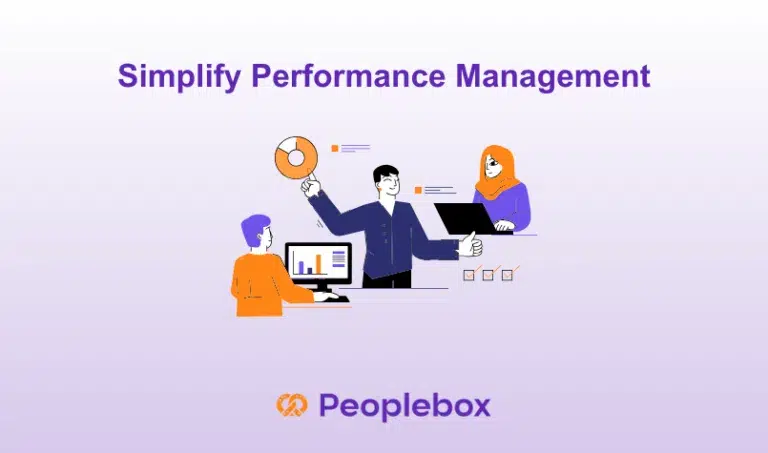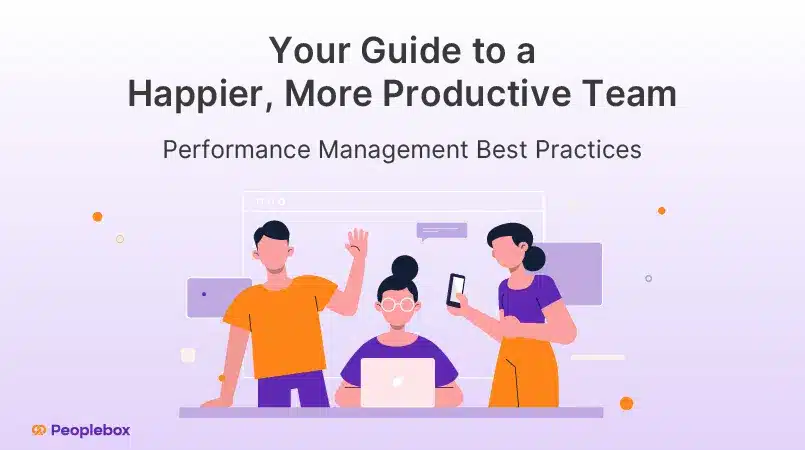The initial few weeks when the Covid-19 pandemic hit industries across the globe were mayhem.
Companies did not know how to proceed ahead with work-from-home work culture and employees were finding it difficult to adjust to a new schedule.
Amidst all this, the human resource department across the globe was striving to find a balance and fine-tune processes, making it comfortable for both employers and employees.
Today, after weeks of chaos, when everyone is settled in their own pace and finding new methods of employee engagement, feedback process, meetings goals, and more, HR leaders now face the crucial task of remote onboarding to ensure the company is not short of new talent to grow.
The isolation that remote working brings with it was easy to overlook when the old employees and colleagues were forced to communicate and work digitally, and they did well at that.
However, with a new employee who is in the process of remote onboarding, the equation changes and demands that every small thing is taken care of so that they adjust well in their work routine, understand the work culture and have someone to talk to when in doubt.
A research found that organizations with a strong onboarding process improve new hire retention by 82% and productivity by over 70%.
To make things simpler and easier here is a step by step breakdown that will make sure that you are equipped with all the necessary information and have a clear vision that would make remote onboarding a piece of cake.
Remote onboarding: Before the day of joining
So, you have finally hired a new employee to add to your remote team, after days of shortlisting and interviewing candidates.
Now what?
The next step will now be to ensure a smooth remote onboarding experience, and that begins before their first day at work.
In order to ensure that the entire process is smooth for the managers, new employee and even you, here are a few points to consider.
1 Start with a welcome kit
Put together a list of essential items a new employee would need at least a week before their joining date.
This must include the list of phone numbers they would need, training manuals, and essential documents around the product or service they will be working for.
As a goodwill gesture, you can also think of a few souvenirs that can be sent as a welcome kit or company stationery.
You can send company merchandise like a t-shirt or a mug with their names and company logo to make them feel a part of the team.
2 Help the new employee get comfortable before their joining date
Once you have put together the welcome kit which includes all necessary documents, the next step is to take the new employee through the same briefly and allow them ample time to study those to get a good idea of company values and beliefs.
Being equipped with the right knowledge will help them start their new role with confidence and adjust well in the company.
3 Check with them on the infrastructure
One of the most important things to check beforehand is whether the new employee has the essential infrastructure required to kick-start work.
This includes making sure you send them the company laptop with essential software that they might require, ensuring a stable internet connection, and an ergonomic chair and table if required.
Ask them if they need any support in creating a work-friendly setup at home, for example, if they need to create a dedicated workspace if they have the required furniture to build one.
You can also share with them a few useful articles around remote working to help them set their own pace and maintain a personal-professional life balance.
4 Have a meeting with their reporting manager

It is crucial to be aware and understand beforehand how the reporting manager intends to take it forward with the new employee and if they need any help from you as the HR.
For this to be a success, make sure that the reporting manager is a part of the entire process from day one or is at least aware of the same.
Similarly, while it is easier to conduct training for a new employee in regular office set-up, however, for remote onboarding, the next best way out is to have online training programs in place beforehand.
These can be pre-made videos that can help one understand the work or proper one on one training sessions aimed to ensure the new employee is well acquainted with the product or the service.
5 Early introduction
While nothing beats having your support in the initial few days to adjust well within the company, however, they would eventually be working with their team and the sooner they get acquainted with their fellow team members, the better.
You can introduce them through a Slack channel where all the other team members are present, or if they are comfortable you can include them in a Friday team meeting too.
Remote onboarding: On the day of joining

Once you have made certain that the basics are covered, it is now time to move on to the next step of the process – to ensure that the new employee’s first day goes without a hitch.
1 Get done with joining formalities
Since most of the joining formalities will be done digitally, it is essential to be transparent and clear on all the documents required.
You can also give the new employee a couple of days to get back to you with all the required information.
2 Introduce them to their reporting manager
Although you might have had the chance to introduce the new employee to their reporting manager, take this day to formally introduce them and set the processes straight from day one.
This would also give both of them a chance to understand each other’s roles and expectations from a professional point of view.
Setting expectations right and having a clear understanding of the same can lay the foundation of a strong working relationship.
3 Assign a work buddy

Along with getting acquainted with the reporting manager, having a friend from day one at the new workplace can ease things for anyone.
You can discuss with the reporting manager and assign someone who will be working closely with the new employee.
Someone from the same educational or professional background or even the same city is an added advantage to help them strike a conversation and a connection.
The role of this work buddy is primarily to act as a support system and help the new employee get used to everyone and also the work processes.
While at it, make sure that you choose someone who is a team player and has been in the system for quite some time.
4 Acquaint them with the tools and software used in the company
The next crucial step of remote onboarding is to take the new employee through the tools an
d software used by the company or the team and get familiarised with them.
Since you have already set up the same beforehand, the new employee might have had a chance to go through it.
However, through this session, it is essential they understand what everything stands for and how is it used.
5 Set the right channels for communication
From the software to the hierarchy, ensure that the new employee is well acquainted with the right channels of communication.
Also, make certain that they know if there is a way through which all communication flows, for example, in case your company uses the ticketing system to assign a new project.
Take this opportunity to also introduce the new employee to other team members (if not done yet) over a Slack channel or other mediums used.
6 Give them an office-like feel

Since the ultimate goal is to make remote onboarding a success, give the new employees and their team members a chance to break the ice and have informal sessions.
Arrange virtual coffee meetups, lunch breaks, etc.
Help them know other teammates and vice-versa by randomly pairing them with people from the team, with whom they will then catch-up casually over a mutually decided time and date.
You can also share with your team a few icebreaker questions beforehand to give them a chance to strike a conversation.
Virtual Games for Remote Teams
CoffeeConnect connects two people every week based on their interests in slack and helps them build camaraderie easily with ice-breakers questions, rapid-fire quizzes and virtual coffee.
Build super-connected remote teams
Provide the tools (1:1s, OKRs, Check-ins, CoffeeConnect) your managers need to be in regular touch with their teams
Remote onboarding: After first week at work
A study found that most organizations stop their onboarding process just after the first week, leaving new hires feeling confused, discouraged, and lacking resources.
To avoid this from happening at your company, ensure that you set a process for constant feedback and regular check-ins.
1 Schedule frequent check-ins with managers & yourself (HR managers)
Once the new employee had a chance to get acquainted with the team and their week, take frequent follow-ups with their reporting manager to know about the success stories and the problems too.
This can be done right after the first day and then through a few check-ins all week to ensure all problems are resolved at the earliest.
Having these conversations through one on one meetings with the reporting manager will give you ample chances to understand how you can make things better for the new employee, and for others in the future.
Virtual Games for Remote Teams
CoffeeConnect connects two people every week based on their interests in slack and helps them build camaraderie easily with ice-breakers questions, rapid-fire quizzes and virtual coffee.
Build super-connected remote teams
Provide the tools (1:1s, OKRs, Check-ins, CoffeeConnect) your managers need to be in regular touch with their teams
2 Gather employee feedback to eliminate potential problems
Along with involving the reporting managers and other stakeholders to discuss things, also take some time off to gather employee feedback at the grassroots level to eliminate potential problems.
You can do this with the help of an efficient employee engagement software for remote teams like ones offered by Peoplebox.
At Peoplebox, we have built the world’s first employee engagement and performance software exclusively for Remote Team, that encourages employees to come out and share their views through pulse surveys, anonymous messaging, and other options.
See how PEOPLEBOX can help build engaged & high-performing remote teams.
Summing up
Remote working and remote onboarding are here to stay for a long time to come.
It opens the doors for companies to have employees coming in from across the globe and a smooth remote onboarding process can ensure that both parties stay efficient without any discrepancies, leading to better productivity.







